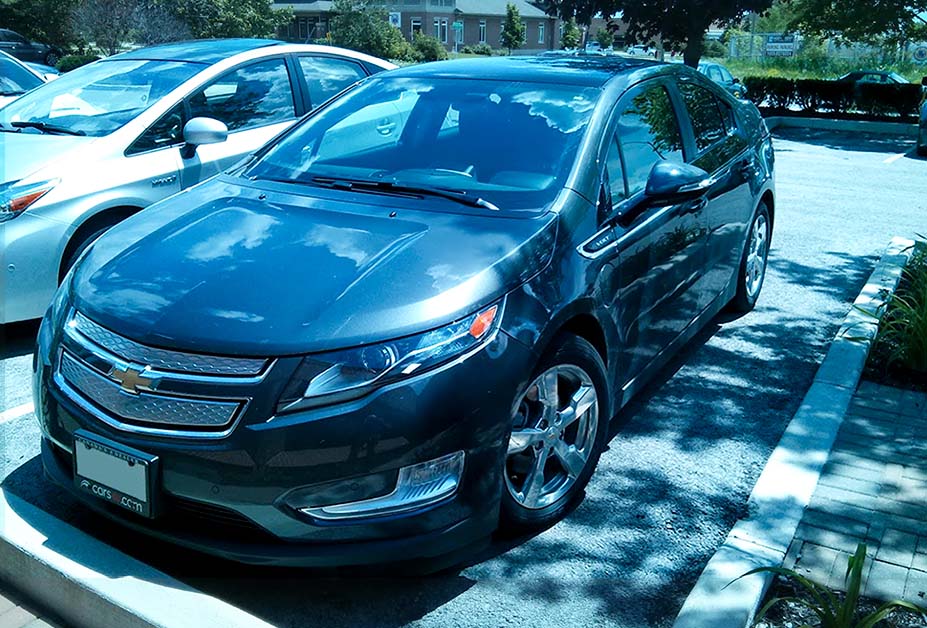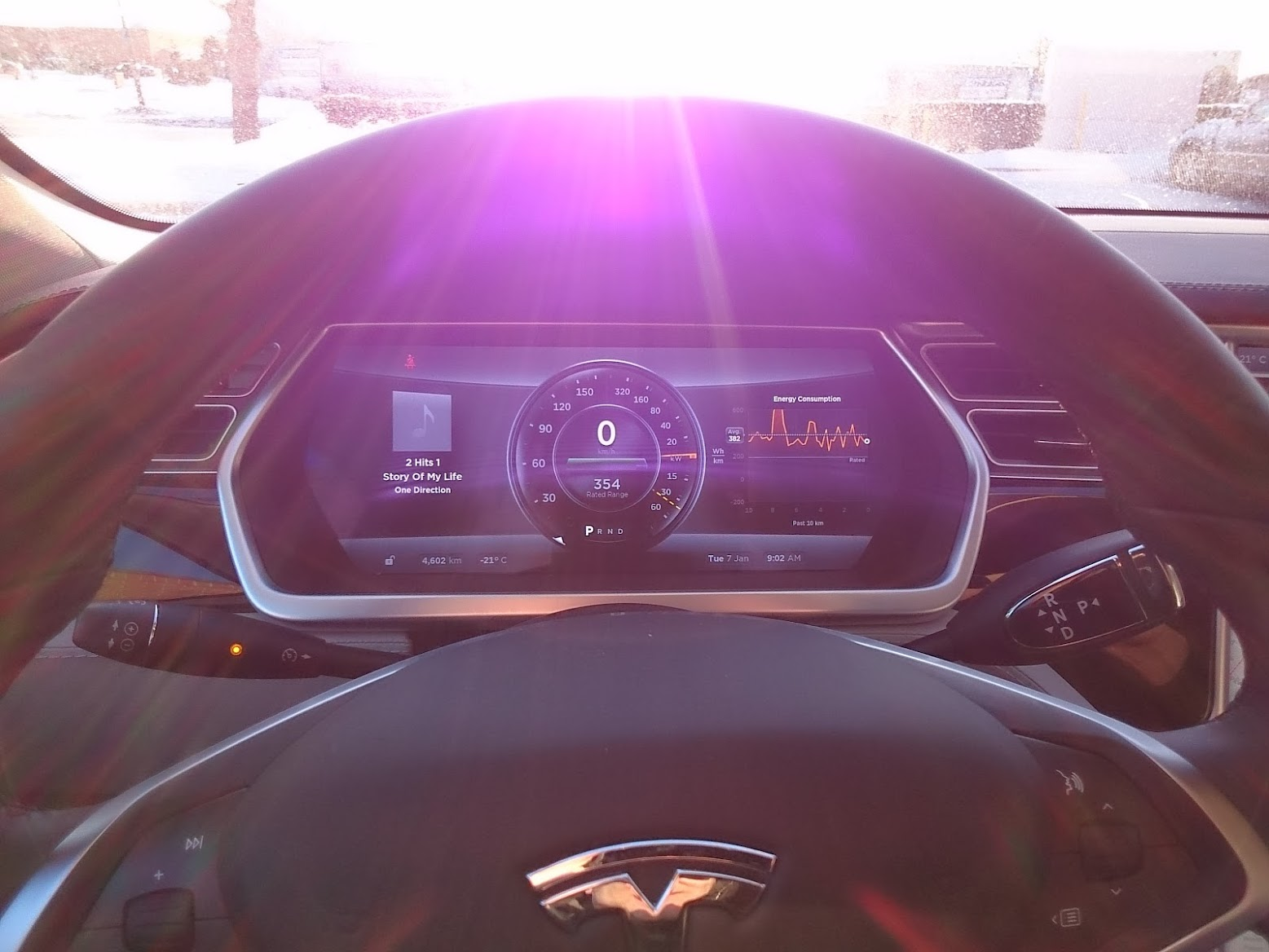Geotab CEO’s Perspective on EV Adoption - Tackling the Bump in the Road
On World EV Day, We Reflect on the Global Progress and Challenges of Electrification

By Neil Cawse
Founder and CEO
Sep 10, 2024

Next week marks the fifth anniversary of World EV Day, a celebration of the growing impact electric vehicles (EVs) are having on the transportation sector. Transportation is the largest source of greenhouse gas (GHG) emissions in the U.S., responsible for 28% of the total. In 2022 alone, light-duty and heavy-duty trucks accounted for 80%of these emissions.
As an early adopter, I acquired my first EV in 2011, and since then have witnessed firsthand the remarkable evolution of the industry. In previous years we have seen rapid growth in EV adoption, however, it appears that over the past year or so, we are seeing a slower growth. This raises questions about what is happening in the marketplace, the impact on ambitious carbon targets, and how best to address the challenges that have surfaced. As an entrepreneur, the tension associated with disruption, adoption, and technology innovation is certainly familiar, and I know from experience that when market situations shift, it requires remedial action.

My first PHEV – Chevy Volt 2011
Market Realities
While there is still limited growth, it’s helpful to understand market realities impacting both consumer and commercial EV adoption.
First, there has been a resurgence in demand for hybrids. Toyota, for example, is doing very well with their hybrids and Ford has switched plans to focus more on future hybrid models versus full EVs. Hybrids are addressing concerns regarding range anxiety, charging infrastructure, up front affordability, battery concerns and improved fuel efficiency.
Secondly we need better charging infrastructure, reliability is frequently cited as a top EV concern from consumers and fleets. Charging infrastructure for commercial EVs cannot support large-scale deployment in its current form. This is especially true for long-haul vehicles, where range limitations are a significant issue. The inconsistent availability of high-capacity charging stations, especially along major transportation routes, undermines confidence in the feasibility of fully electric commercial fleets.
Another primary barrier continues to be the higher initial purchase price of EVs compared to ICE vehicles, driven largely by the price of batteries. Although the battery prices have been decreasing, the impact of this has not fully filtered through the supply chains, and are a factor when it comes to resales as well. For the most part, commercial EVs remain at the higher end of the market, due to higher upfront costs, and evolving technology that is limiting scalability, making them less suited at this time for electrification.
Strategies for Accelerating Adoption:
In order to address the slowing of EV growth, there are several things we could be doing better.
Collaboration: A more collaborative approach and knowledge sharing among EV vehicle manufacturers, charging infrastructure providers, fleet operators, and governments would support the development of better, integrated solutions. For instance, automakers can partner with charging network providers to ensure that infrastructure expands in tandem with vehicle deployment. Companies like PepsiCo and Schneider scaling up heavy trucks at depots are fostering a supportive ecosystem, including supply chains, charging solutions, and operational software.
Education: As with any new technologies, broad based education is needed to address the challenges of adoption. Consumers, fleet operators and decision-makers need to stay updated on new technology and its benefits. Demonstration projects, pilot programs, and case studies can showcase real-world results, building confidence in others about the potential of scaling electric fleets. This is where programs like Run on Less - Electric DEPOT are helping, by demonstrating positive signs for heavy duty vehicle electrification. PepsiCo’s Tesla Semi, covering 1600 miles in under 48 hours, proves Class 8 EVs are viable and impactful.
Government Support: This includes building public charging stations, providing incentives for private charging setups, and ensuring infrastructure development keeps pace with EV adoption. Financial incentives should be available for both consumers and businesses to make EVs more affordable. Regulations and policy that favor EV adoption should be developed in collaboration with businesses to ensure their effectiveness and practicality.
Data Sharing: Sharing data on vehicle performance, charging behavior, maintenance needs, and operational costs can foster a greater understanding of how EVs are delivering benefits and their challenges, leading to better decision making and continuous improvement of EV technology and deployment strategies.
Standardization: Creating industry standards for EV components, charging infrastructure and data communication ensures interoperability, reducing risk and cost while encouraging investment.
So where do we go from here?
I believe we need to accept EV adoption is going to take a bit longer than anticipated, especially in the commercial sector. It’s time to focus on the mid to longer term play - a more gradual integration of electrification, where the many stakeholders in this space contribute to building the necessary scale and infrastructure to overcome current limitations. While it's not ideal over the short-term, it reflects a market reality that can’t be ignored. It will likely require some rethinking of ambitious 2030 EV only regulations, along with improved efforts around knowledge sharing, technology development, and education.
Achieving sustainability goals is complicated work, which is why we need to do more together, sharing in the risk and the rewards.

My first Tesla in 2013
Subscribe to get industry tips and insights

Founder and CEO
Neil Cawse is the Founder and CEO of Geotab, a global leader in connected vehicle and asset solutions, data intelligence and AI.
Subscribe to get industry tips and insights
Related posts

Protecting Our Most Precious Cargo: How Telematics is Powering a Safer Ride to School
October 23, 2025
2 minute read

From data to foresight: How VisionTrack is transforming fleet safety
October 14, 2025
2 minute read

EU Data Act overview: What it means for Geotab and telematics
October 8, 2025
1 minute read

A Clearer Picture: How FleetCam Empowers Fleets to See the Full Story
October 7, 2025
2 minute read

